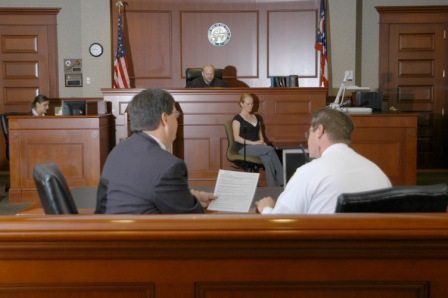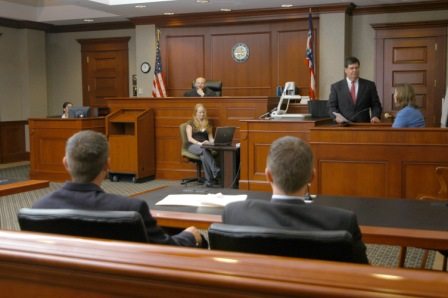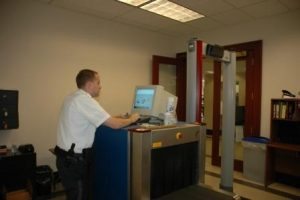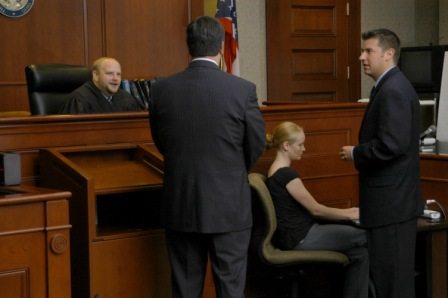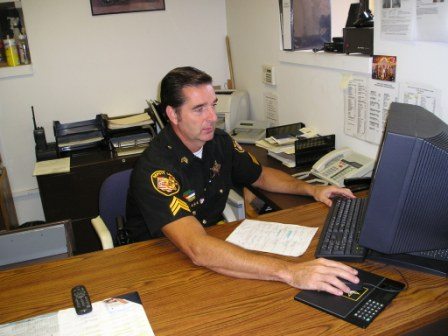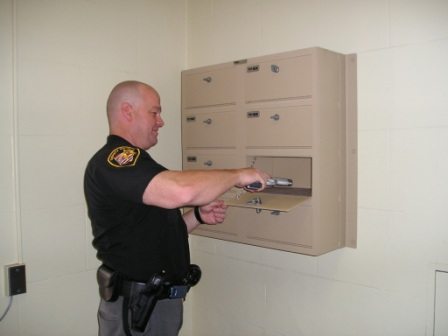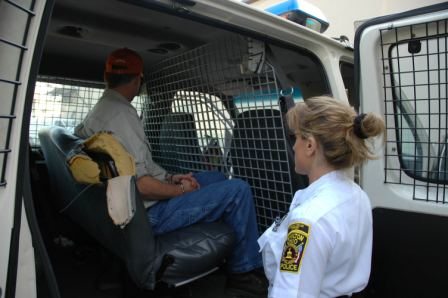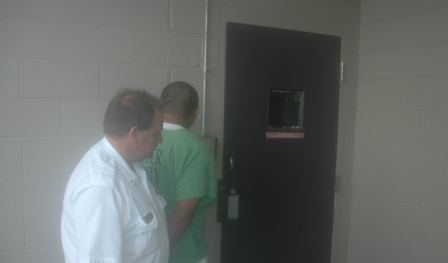Courtroom Security: The Hidden Side of The Criminal Trial
You’ve all seen the deputies and other officers who guard courtrooms. Yes, they’re highly visible and they’re there to protect everyone from harm. However, courtroom security is far more than just watching prisoners inside the actual room where the trial is held.
Courtroom security officers diligently monitor spectators, witnesses, and defendants. They also watch the victim’s family members for any signs of potential violence against the defendant(s). And they’re always on high alert for escape attempts by prisoners.
But what we see in the courtroom—stern faces, sharply creased uniforms, and holstered weapons—is the tip of the iceberg. Behind the solid oak door at the rear of the courtroom is a well-oiled security machine with wheels that begin to turn long before the judge, jury, and witnesses sit down to have their breakfasts. In fact, many security measures have been in place for months, maybe years.
Security starts with things like landscaping around the building and parking areas. Plantings and hardscapes must allow an unobstructed view and no potential hiding spots for snipers and others who may assist in an escape attempt during times of inmate and witness movement.
Outdoor lighting must be adequate, and prevent areas of darkness and shadow. Those yellow posts sticking up through the sidewalks and pavement? They’re in place to prevent a driver from rushing the building, or people. The barriers also prevent vehicles (those containing explosives, getaway vehicles, shooters, etc.) from getting too close to the facility.
Windows and doors are equipped with a shatter resistant film between the layers of glass. As a means of even greater protection some lower floor windows may be fitted with bullet-resistant glass. Doors are tamper proof and are connected to alarm systems.
Visitors to the courthouse, and their belongings, are carefully screened prior to entering secured areas of the facility.
Officer stationed at x-ray machine and walk-through metal detector.
Monitors for x-ray equipment.
Many judges have panic buttons hidden somewhere on their benches.
A quick press of the button and the alarm sounds in manned stations within the courthouse and in nearby police departments.
Help is on the way in an instant.
Designated parking areas for judges and other court employees is a standard. The same is true for police and inmate transport vehicles. Any unauthorized vehicle in those areas is cause for concern and would require immediate investigation.
To further prevent breaches of security, the public is not permitted in any unauthorized areas of the court buildings.
Courthouses also feature secure areas for weapons and other sensitive material.
Inmates are awakened, fed, and dressed long before the courtroom is open. All prisoners with hearings on a given day are transported from the county or city jail to the courthouse, where it’s quite possible they’ll each remain until the last trial of the day.
While at the courthouse prisoners must receive meals, bathroom facilities, etc. for the duration of their time there, which could be many, many hours.
Holding cells, where prisoners wait until the time of their trial, are located inside court buildings. After their time in the courtroom is complete, prisoners are returned to the holding cells where they remain until they’re transported back to the main jail, often at the end of the day when all inmates are transported at once.
*It is possible that transportation officers make trips to and from the jail and courthouse throughout the day. This depends on availability of staff members and vehicles. Remember, the fewer times inmates are out and about in the public, even in secured transport vehicles, reduces the opportunities for escape.
Inmate movement inside the courthouse is conducted through special hallways or passageways that are typically not available to the public.
FYI – Some courthouses are directly connected to jail facilities via underground/basement hallways.
In most areas, the duty of courtroom security falls on the sheriff of that particular jurisdiction. The sheriff assigns deputies to each courtroom, and each of those deputies receive specialized training that’s specific to the courtroom and inmate transportation.
In the federal system the job of courtroom and inmate security falls on the shoulders of the U.S. Marshals.
Transporting prisoners via the U.S. Marshals’ Justice Prisoner and Alien Transportation System (JPATS). JPATS operates a network of aircraft, cars, vans and buses. (U.S. Marshals photo).
Protecting our courtrooms, and shuttling prisoners to and from those facilities, is a tough and dangerous job, a job with duties many people never see.

